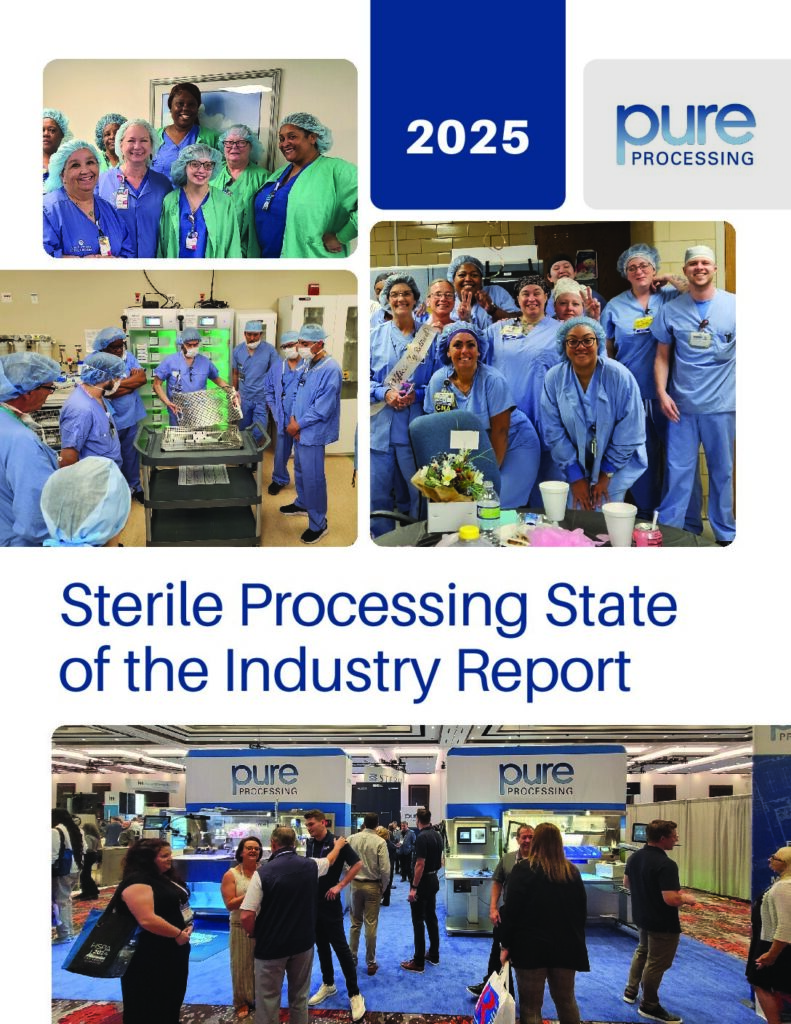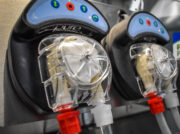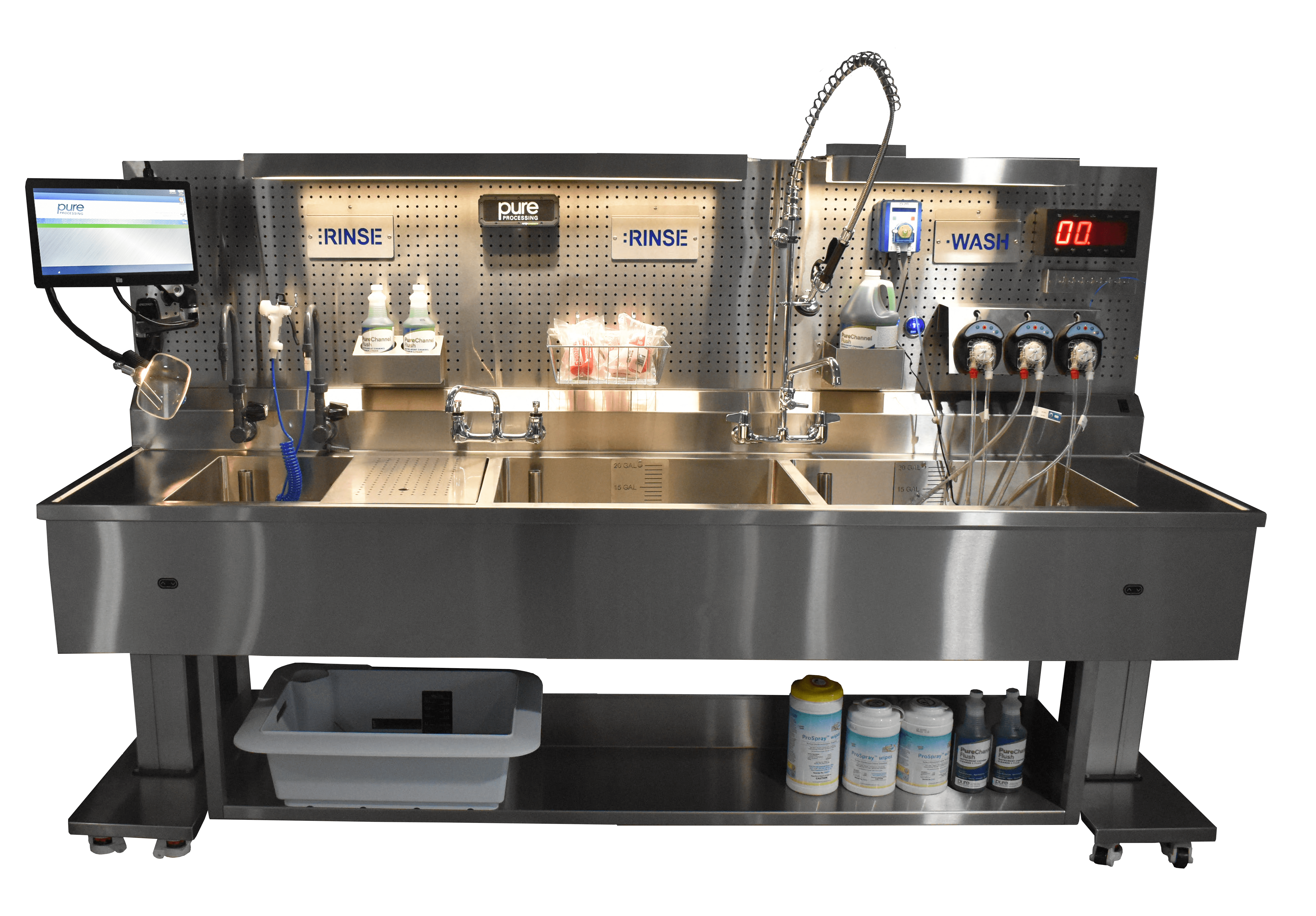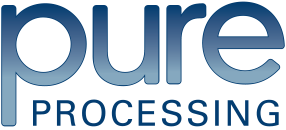
The Interconnected Success of SPD: How training, compliance and technology influence each other
Sterile processing departments (SPD) are made up of several different components that lead to outcomes and success. Each component  so intricately connected to another that missing one can cause workflows and processes to falter.
so intricately connected to another that missing one can cause workflows and processes to falter.
These components include training & education, workflow & processes, leadership, culture and technology. Each one naturally interconnects to another to create a comprehensive process and work experience for our sterile processing technicians.
In the 2025 Sterile Processing State of the Industry Survey, it was identified that that components were closely related in the ratings scale; providing insight into a cohesive approach to operational excellence . Click here to download: 2025 State of the Industry Report.
What participants had to say:
Our survey participants shared their experience in open ended responses that gave insight into the survey results. Here is what a couple of them had to say:
“A great SPD is one where staff feel valued, have the right tools and training, and are part of a culture that respects their vital role in patient safety.”
“Work culture- I believe this starts with good management. As long as the leadership team is doing things to support the staff, encourage certification and continuing education, boost morale, and lead by example, the work culture can improve.”
Training & Education:
Training & Education ↔ Workflow & Processes:
Better training goes hand-in-hand with smoother, more reliable workflows. In SPD terms: stronger competencies → fewer workarounds, cleaner handoffs, less rework.
Training & Education ↔ Compliance:
The strongest “training” link. Well-trained teams follow IFUs/SOPs more consistently; audits and spot checks tend to improve when training is timely and protected.
Training & Education ↔ Visual Inspection & Cleaning Verification:
Training shows up in the “verify the clean” layer too—techs who are coached on cleaning validation steps (and why they matter) execute more consistently.
Leadership & Culture
Leadership ↔ Culture:
There were direct correlations between leadership and culture. A leader’s approach to management, change, operational needs and personnel, can impact how a team responds, engages or feels about the overall culture in their department.
Leadership ↔ Work environment:
When thinking of work environment, consider how teams interact with their work. It can be about design, organization, equipment and resources. How leadership supports the work environment can have direct impact on teams’ perception and engagement with both.
Culture ↔ Work environment:
Work culture is the collective perspective a team has towards the responsibilities, purpose and goals within the department they work in. This can both influence and be influenced by the work environment. Work environment can promote stability, assurance and guidance, whereas disorganization and dated resources can have the exact opposite effect.
In summary, where leadership is rated stronger, the climate feels healthier and more professional. This cluster tends to move together improving one usually nudges the others.
Technology as an operations amplifier
Technology ↔ Workflow & Processes:
Technology when implemented correctly and in the right place can improve workflows and initiate more compliant processes.
Technology ↔ Compliance:
Where we have adequate technology and proper education we have integrated compliance. This can include software and automation, but can also encompass resources like improved material or design technology.
Technology ↔ Visual Inspection & Cleaning Verification:
Modern/maintained tools (tracking, washers/ultrasonics with good QA signals, sterilizers with clean BI logs, usable software) are associated with better process flow and adherence.”
From a voice in the 2025 State of the Industry Report:
“A great SPD is one where staff feel valued, have the right tools and training, and are part of a culture that respects their vital role in patient safety.”
“Work culture- I believe this starts with good management. As long as the leadership team is doing things to support the staff, encourage certification and continuing education, boost morale, and lead by example, the work culture can improve.”
What these patterns likely mean
Training is a high-leverage fix. Because it aligns with workflow and compliance, raising training quality/frequency is a fast way to lift multiple outcomes at once. Think: monthly in-services, competency ladders, and protected time, then watch workflows and audit results improve.
Leadership sets the ceiling. The leadership–culture–work environment block is very tight. If culture issues are sticky, don’t skip the leadership layer: visibility, response SLAs, “you said / we did,” and recognition rhythms tend to unlock broader gains.
Technology removes friction. The tech–workflow link suggests that uptime, usability, and the right informatics (e.g., scanning, tracking, clear dashboards) reduce chaos and help SOPs “stick.”
How to use this right now
If you want to move Workflow & Processes: pull Training and Technology levers first; they correlate most with workflow success.
If compliance is wobbling, pair Training refreshers with point-of-use job aids and verification practices; the data says that combo travels together.
If culture feels rough: Invest in leadership behaviors (close-loop responses, predictable huddles, recognition). Expect culture and work environment to lift alongside”
The multi-faceted operations within a department don’t have to feel complex or daunting. The right focus and actions can expound the positive effects it has our SPD teams and their morale.




